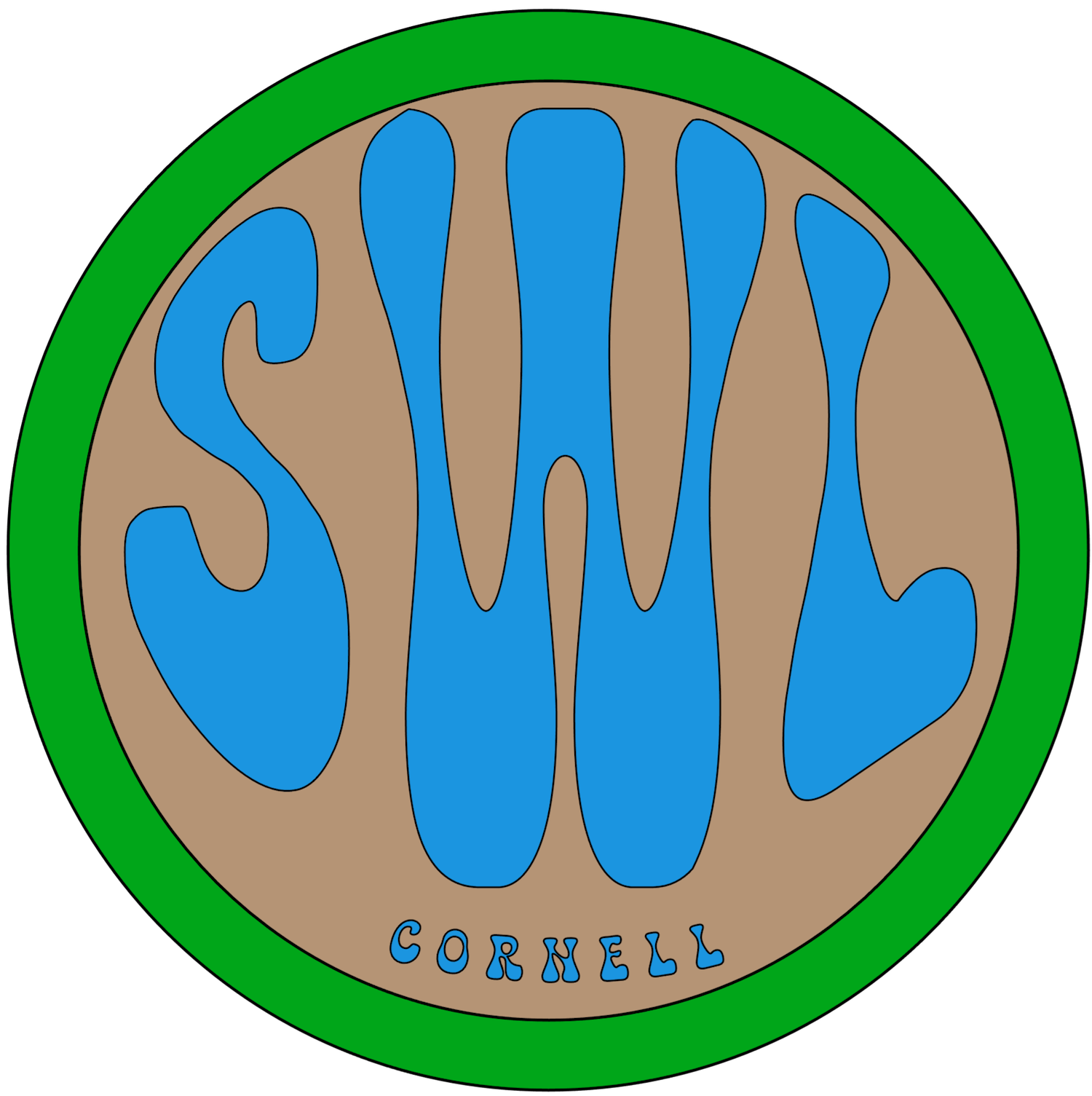Introduction
These world wide web materials are published to help organizations who are interested in monitoring ground water and rural stormwater for pesticides. They are a detailed companion to the New York State Department of Environmental Conservation’s annual pesticide sales and use reports. The NYSDEC funds and oversees Cornell’s ground water sampling. More recent stormwater monitoring has been funded by USDA NIFA, NYSDEC, and the Atkinson Center at Cornell.
Pesticides were discovered in many Long Island wells in 1979, which warned the US that pesticide use restrictions then in place were not sufficiently protective of ground water in vulnerable locations. Since then, federal and state pesticide use regulation has changed to minimize the potential leaching and migration of both pesticides and their often-toxic metabolites (or degradation products). Residues from the persistent 1970’s vintage pesticides are still found in Long Island ground water, but newer pesticides seem to be rare in most New York ground water.
New York’s pesticide regulator, the State Department of Environmental Conservation (NYSDEC), commissioned the US Geological Survey to monitor pesticides in surface water. This work in the 1990’s, which used highly sensitive analytical and field methods, found widespread traces of several popular pesticides. Fortunately these were at very low levels, almost never exceeding drinking water or environmental standards. Since these findings occurred in streams at low flow (representing baseflow,water which may have recently emerged from underground), there was a suspicion that upstate ground water might also be vulnerable to potential contamination.
At the request of the NYSDEC’s Bureau of Pest Management, Cornell University and partners have carried out a research program monitoring pesticides in selected upstate private wells since 2002. (Suffolk County monitors wells on Long Island.) These WWW pages provide an overview of Cornell’s approach and results, and will be updated as ongoing research is carried out in additional areas.
Cornell’s work usually proceeded one county or project per fiscal year, and we worked in close cooperation with local agencies, primarily Soil and Water Conservation Districts as well as Water Quality Coordinating Committees and local health departments. We selected six counties for combinations of high ground water use, significant pesticide use, vulnerability of aquifers, availability of private wells to sample, and interested county partners. As of early 2019, counties that have served as study sites include Cortland (our pilot effort), Schenectady, Orange, Cayuga, Genesee, and Wayne. Following a county focus, we subsequently sampled wells, streams, and sinkholes in a karst region, lakes, and Cornell experimental fields where glyphosate is sprayed. In 2021 we refreshed the approach to include monitoring near eight categories of cooperating pesticide users, resumption of general private well monitoring, and resumption of lake monitoring.
Prior to the glyphosate work, results were encouraging, with none of 240 drinking water wells tested to date exceeding any drinking water or environmental standard for pesticides. (Some wells do have high nitrate.)
This research is carried out by the Department of Biological and Environmental Engineering‘s Soil & Water Group, with earlier involvement from the Water Resources Institute. Cornell’s Pesticide Management Education Program maintains the statewide database of pesticide sales and use for NYSDEC, which provides essential data for this effort. Other interested groups include the US Geological Survey and the New York State Soil and Water Conservation Committee.
Resources at this web site include county summaries (see links in right column), completed county reports, and briefing presentations. Summaries and reports are added after work is completed. As of early 2021, reports are available for six counties and three projects.
Next: Statewide overview.



